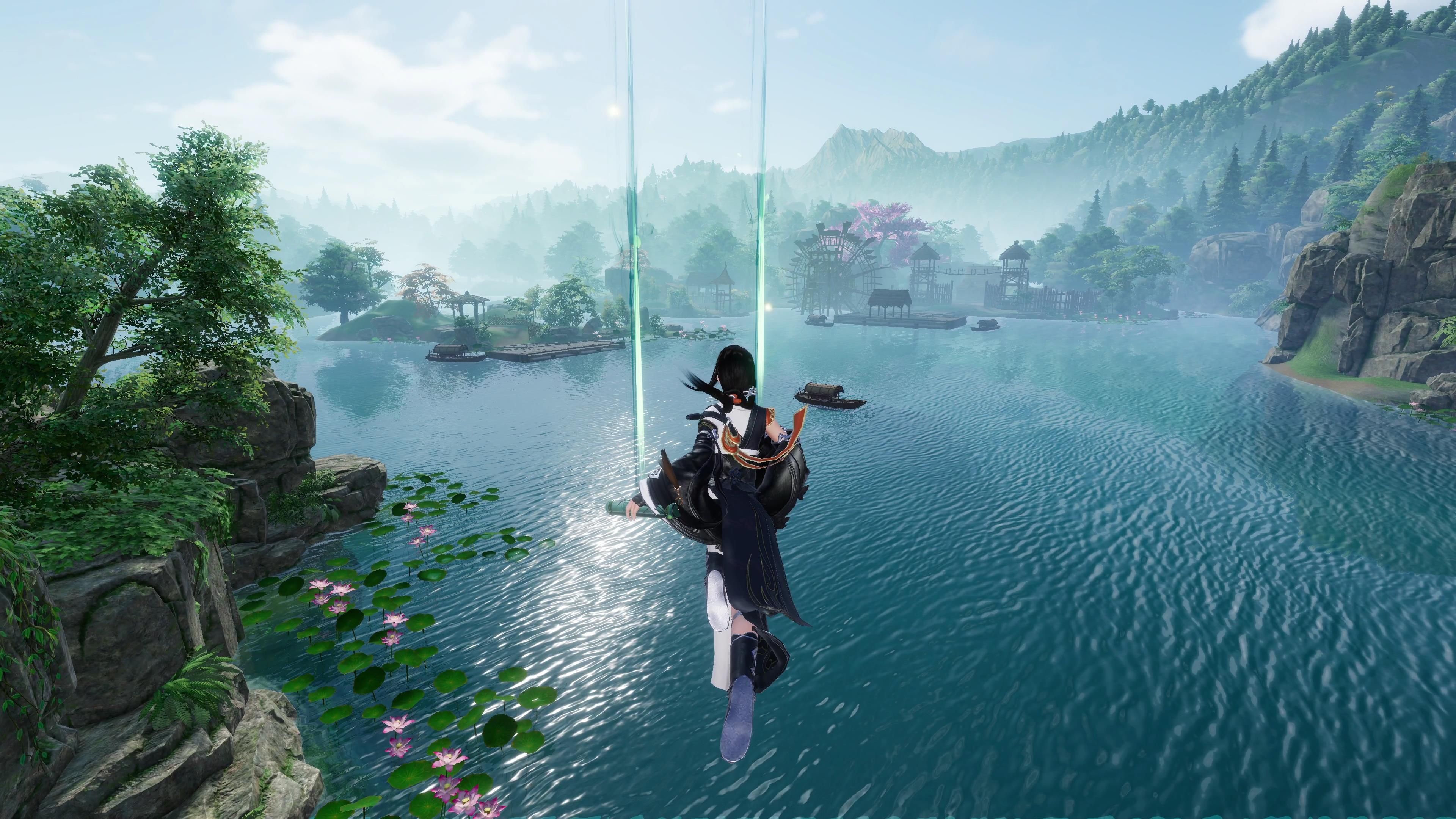Title: The Architect of Forgotten Moments: Delving into the Memory Loss Shelter Sign Installer Simulator VR - Place Missions Expansion
In the ever-evolving landscape of virtual reality, where experiences range from the hyper-realistic to the profoundly abstract, a unique niche has been carved out by titles that find profundity in the mundane. Among these, Memory Loss Shelter Sign Installer Simulator VR (MLSSIS VR) emerged as a cult classic, a meditative experience that traded high-octane action for the quiet, poignant task of guiding amnesiac residents through their safe haven by installing clear, wayfinding signage. Its newly released expansion, Place Missions, doesn’t just add new levels; it fundamentally recontextualizes the entire simulation, transforming it from a simple job into a deeply personal act of archaeological empathy.
The core premise of the base game was straightforward yet powerful. As a contractor for the enigmatic "Department of Recollection," you were tasked with entering a serene, often melancholic facility known as the Memory Loss Shelter. Your tool was a rivet gun; your canvas, the sterile yet warm corridors; your mission, to install signs pointing to essential locations: Cafeteria, Library, Hydroponics Bay, Common Room. The genius lay in the details—the way a resident might pause, look at the new "To Your Room" arrow, and offer a faint, confused smile of gratitude, a flicker of clarity in the fog. It was a game about building small islands of certainty in a sea of confusion.
The Place Missions expansion elevates this concept by introducing a new, dual-layered objective system. Yes, you still install standard directional signs, but now you are also entrusted with "Placement" tasks. These are not about navigation, but about contextualization. The Shelter’s administration has recovered boxes of old, personal artifacts from the residents' past lives—items too potent, too specific to be merely handed back. A faded postcard from a seaside town, a cracked trophy for third place in a baking contest, a well-loved but dog-eared novel. Your new job is to strategically "place" these items in the environment, not as lost-and-found objects, but as subtle, environmental triggers designed to spark non-linear connections.
This is where the VR medium shines with unparalleled intensity. A new tool is added to your belt: a "Resonance Scanner." Before you can place an item, you must first understand its potential impact. You hold the scanner over, say, a vintage toy car. The world around you dims, and ethereal, shimmering lines—potential "paths of memory"—extend from the object. Your task is to find the location where these resonance lines glow the brightest and most stable. Placing the toy car on a shelf in the Common Room might yield a faint hum. But placing it on a windowsill overlooking a courtyard where children sometimes play could make the scanner erupt in a cascade of golden light, indicating a high probability of a positive mnemonic event.
A mission might task you with "Elevating Nostalgia" for a resident codenamed "Delta." You find a box containing a pressed forget-me-not flower and a tarnished silver flute. Using the scanner, you learn the flower resonates near the Hydroponics Bay's flower section, while the flute's strongest harmonic is near the quiet, acoustically rich Music Listening Room. Do you place them together, creating a powerful, combined trigger, or separate them to provide two separate, smaller moments of joy throughout Delta's week? The expansion makes you an architect of emotion, a planner of poignant accidents. There is no "right" answer, only different shades of potential recovery.
The environments themselves have been expanded to support this new gameplay. The Place Missions pack introduces new wings to the Shelter: a Sun Atrium with a grand piano, a Workshop filled with half-finished crafts, and a quiet Memorial Garden. Each area possesses its own unique "emotional frequency," which interacts with your items. A war medal placed in the bustling Cafeteria might cause anxiety, but placed respectfully in the Memorial Garden, it could bring a sense of solemn peace and validation to a veteran resident.
The narrative depth is staggering. Through new audio logs from the Shelter’s staff psychologists and fragmented notes left by the residents themselves, you piece together the stories behind the objects. You’re not just placing a scarf; you’re placing the scarf she was knitting for her grandson, and the best resonance is near the visitation area. This transforms the act of placement from a sterile puzzle into a heart-wrenching responsibility. You linger after installing a sign and placing an item, hoping to witness the result. Sometimes, a resident will wander by, their eyes glazing over the object before they move on. Other times, they will stop dead in their tracks. They might pick up the item, hold it for a long moment, and a single tear might roll down their cheek—not necessarily from sadness, but from the sheer, overwhelming force of a feeling returning, unburdened by the need for a specific narrative memory. It’s the feeling of home, of love, of loss, or of joy, raw and re-experienced for the first time, again.

Memory Loss Shelter Sign Installer Simulator VR: Place Missions is more than an expansion; it's a paradigm shift. It argues that helping someone who is lost isn't just about showing them the way to the dining hall. It's about rebuilding the world around them, seeding it with echoes of who they were, and trusting that those echoes will help them feel more at home in who they are now. It is a quiet, profound, and unforgettable VR experience that simulates not a job, but the very essence of human care: the act of helping others find their way, not just through space, but back to themselves.
Tags: #VRGaming #SimulatorGame #MemoryLoss #EmotionalGameplay #IndieGame #VirtualReality #MeditativeGame #NarrativeGame #GameDesign #EmpathyInGaming
















